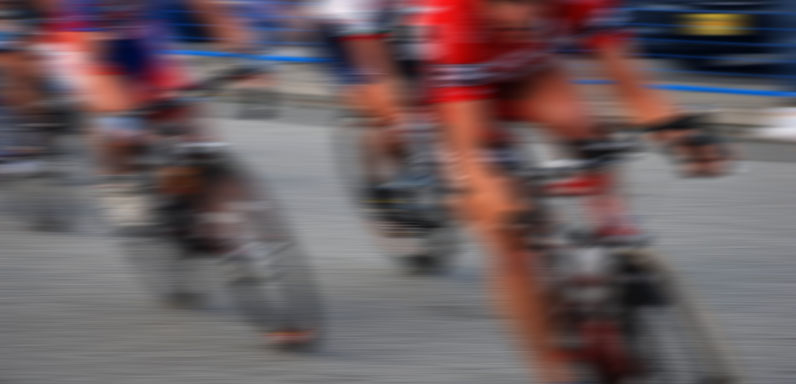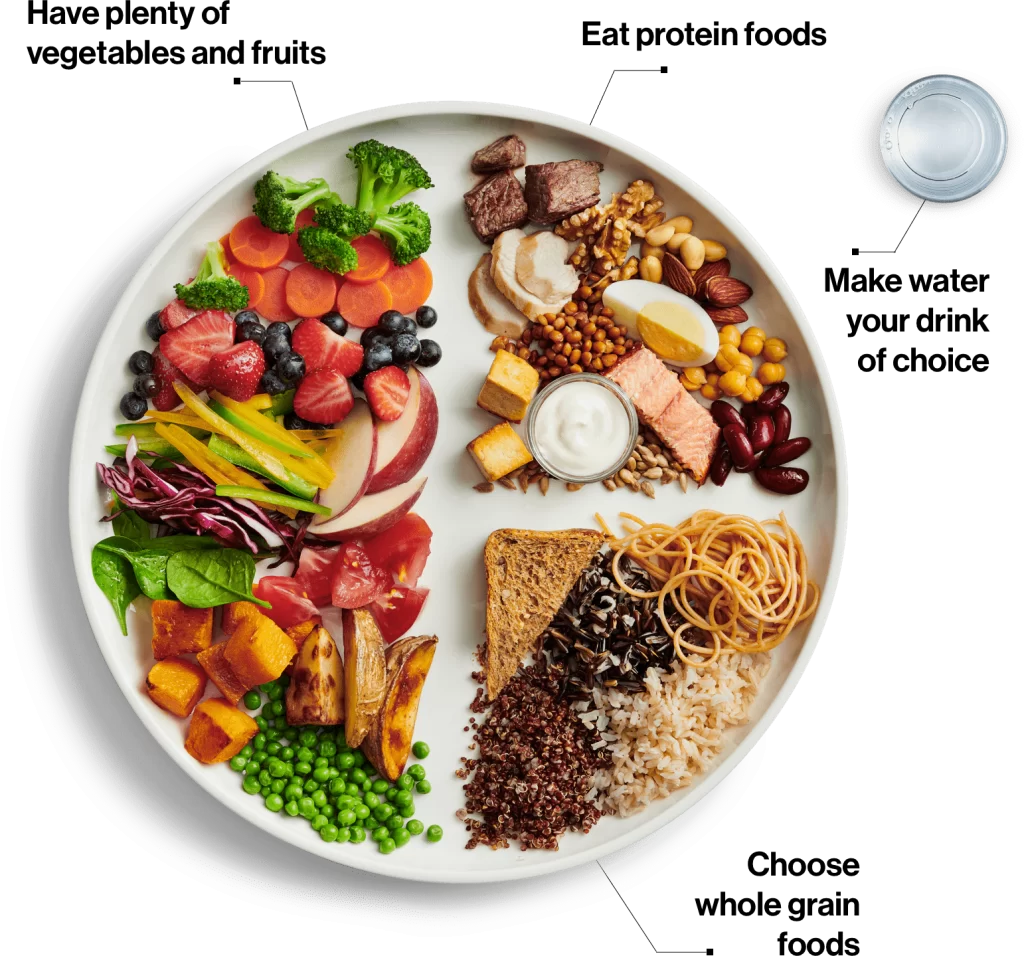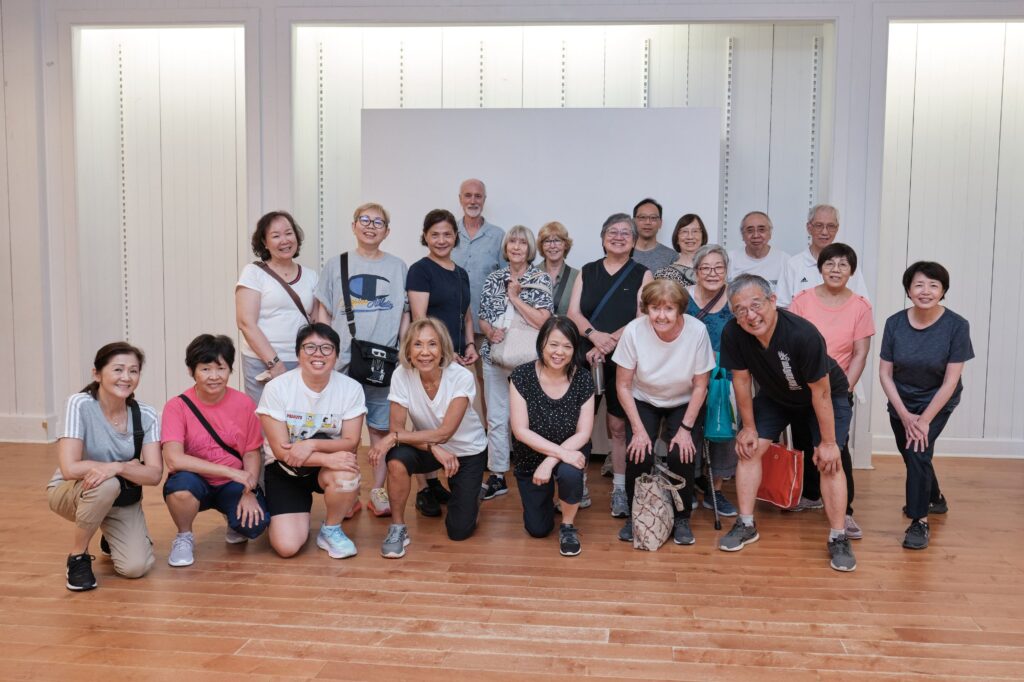In the Western world, much attention is given to physical appearance, such as muscle size, hair style and/or a slender physique. In contrast, the Eastern world emphasizes internal aspects like the mind and emotions. In my view, both approaches exhibit bias. Imagine receiving a hundred-dollar bill, only to find it torn in half; the remaining value is not fifty dollars, but perhaps zero. To truly thrive, we must work on enhancing both aspects.
is given to physical appearance, such as muscle size, hair style and/or a slender physique. In contrast, the Eastern world emphasizes internal aspects like the mind and emotions. In my view, both approaches exhibit bias. Imagine receiving a hundred-dollar bill, only to find it torn in half; the remaining value is not fifty dollars, but perhaps zero. To truly thrive, we must work on enhancing both aspects.
Individuals often overlook the fact that nearly every facet of life possesses both a mental and a physical dimension. Consider the following examples: physical balance and its connection to the brain’s influence on our sense of balance, physical flexibility and the role of the brain’s protective mechanisms in limiting it, and physical strength and how the brain can enhance it through understanding mechanics and improving muscle group coordination. To truly attain peak performance, it’s essential to recognize and harness the power of both these dimensions.
When we talk about physical balance, it extends beyond merely standing upright; it encompasses the intricate relationship between our physical movements and the brain’s ability to maintain equilibrium. Our mental state, including focus, confidence, and spatial awareness, significantly impacts physical balance. The synergy of mental and physical aspects is what allows us to achieve the pinnacle of balance.
Similarly, physical flexibility isn’t solely about the capacity to stretch muscles; it’s intertwined with the brain’s protective mechanisms. The brain’s perception of safety or risk can either inhibit or facilitate our physical flexibility. Developing mental flexibility, such as the willingness to embrace new ideas or approaches, can in turn enhance physical flexibility, enabling us to push our boundaries.
When it comes to physical strength, understanding the mechanics of movement and optimizing muscle group coordination are vital components. The brain plays a pivotal role in this equation, helping us refine our techniques, engage muscles effectively, and maximize our physical strength potential. Thus, the fusion of mental acuity with physical prowess is fundamental to reaching the zenith of strength.
In essence, recognizing and harnessing the dual nature of mental and physical aspects in every aspect of life is the key to achieving peak performance. Whether you’re an athlete, an artist, or a professional, integrating both dimensions can lead to exceptional accomplishments and personal growth.
Most exercise programs tend to neglect one side. For example, many classes do not emphasize fast reflexes, as seen in practices like Tai Chi, dance, or yoga. While these activities contribute to overall fitness, they alone may not prepare you for unexpected falls.
Rather than delve into philosophical concepts, let’s focus on the problems we aim to address: 1) readiness for falling and 2) chronic pains.

Falls occur suddenly, without warning. There’s no time for a warm-up, and they’re not like sparring, where you can assume a defensive posture. You have mere fractions of a second to react. You need physical speed, an automatic response, not a moment to ponder. Your mind must stay alert without succumbing to panic.
For falls, you must react fast. The key components of speed include: 1) the brain’s ability to rapidly engage muscles at their maximum potential, 2) efficient movement pathways and mechanics, and 3) well-conditioned muscles for effective performance.
To engage your muscles instantly, your brain must be willing and ready. I once coached young children, and during training, I would have them sprint across the gym. When I asked them to run as fast as possible, some merely jogged. However, when I added a consequence – the last one to reach the opposite end had to do push-ups – they all sprinted. While they didn’t gain muscles, I had motivated them to move.
The distinction between trained and untrained muscles lies in their ability to follow orders promptly. A team of civilians may debate an order, while a trained military unit executes orders without hesitation. You must train your body so that all its components work together efficiently, strengthening each part individually and fostering seamless teamwork.
Seniors often face challenges related to mindset: 1) a preference for routines, 2) mood swings or pain affecting their daily routine, and 3) a belief that nothing can be done. We must challenge these notions. Sticking to routines can limit our adaptability. Allowing moods or pains to deter our pursuit of well-being is self-defeating. Above all, believing that nothing can change robs us of hope and hampers our efforts to break the cycle of decline. You may not accomplish everything immediately, but always remember to add the word “yet” to “I cannot…” and work toward your goals.
In our classes, we emphasize understanding each action, its key elements, why it matters, and how to transition from imitation to mindful practice. Moreover, we don’t just tell you what to do; we provide hands-on drills and controlled simulations to help you learn how to absorb impacts, move effectively, move faster and land safely.




